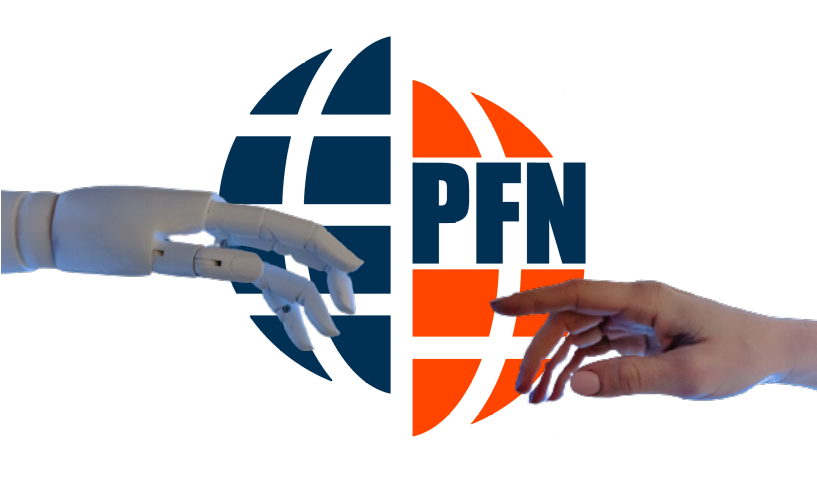

In today’s ever-changing world, technology is transforming the way we do business, including the way [project] logistics are managed. Artificial intelligence (AI) is playing an increasingly important role in helping to streamline and optimize the logistics process. AI has the potential to revolutionize the logistics industry, from optimizing the supply chain to improving customer service.
AI technology can be used in a variety of ways to improve the logistics process. For instance, AI-based algorithms can be used to analyze customer data and make more informed decisions about inventory management, routing, and pricing. AI can also be used to anticipate customer needs and optimize delivery routes. By leveraging AI, businesses can ensure that their products are delivered on time and at the lowest possible cost.
AI can also be used to improve project operational services. AI-based chatbots can provide immediate project operator support, answering questions and providing recommendations. AI can also be used to automatically generate project specific quotations and transport methods based on project schedule data. This can help to increase project management team satisfaction.
In addition to optimizing the project logistics process and improving project service, AI can also reduce the risk of errors and accidents. AI-based systems can monitor traffic conditions, weather forecasts, ocean liner schudules, live tracking, and truck/trailer live tracking, allowing project teams to take preventive measures and avoid potential delays, extra handling, and cost overrun.
AI is also being used to improve the safety of warehouses and distribution centers. AI-enabled robots can be used to unload and move items, reducing the risk of accidents. AI-based systems can also be used to scan and track items, ensuring that they are delivered to the right destination.
These are just a few of the ways that AI is revolutionizing the [project] logistics industry. AI is helping to streamline the logistics process, optimize operations, and improve logistics provider services, as well as safety. As AI technology continues to evolve, it is likely to become a key part of the logistics industry in the coming years.
In the arena of project logistics, AI technology can be used to improve efficiency and optimize operations. AI-based systems can help to manage complex projects, by analyzing project logistics data and making more informed decisions about project management and scheduling.
AI can also be used to anticipate project needs and optimize delivery routes, and transport methods, ensuring that project shipments are delivered on time and within the project budget. AI can also be used to reduce the risk of damage and accidents, by monitoring traffic conditions, weather forecasts, and road safety.
Perhaps in the future, AI-enabled robots can also be used to unload and move project materials, reducing the risk of accidents and ensuring that materials are delivered to the right destination (job site, etc.). Ultimately, AI is helping to revolutionize the project logistics process and ensure that projects are completed on time, within budget, and with the highest quality.
The Project Freight Network (PFN) is preparing for this new era in our industry and informainig, and educating our members, as well as finding tools that will improve their performance and to ensure they have access to the latest technology at all times.
Explore how Everok Group is transforming China-Europe logistics with advanced GPS tracking and multimodal solutions.…
Before jumping into solutions, define your #projectmanagement goals. A clear #logistics project definition aligns your…
Strong #leadership and executive #sponsorship are essential in #logistics project management. Without them, even well-planned…
Everokgroup's April 2025 westbound railway freight schedule is now live, offering competitive rates and transit…
Effective project management in logistics ensures timely, cost-efficient deliveries while meeting stakeholder expectations. From definition…
Stablecoins are reshaping #internationalpayments in #logistics and #freight, offering faster transactions and lower costs. As…